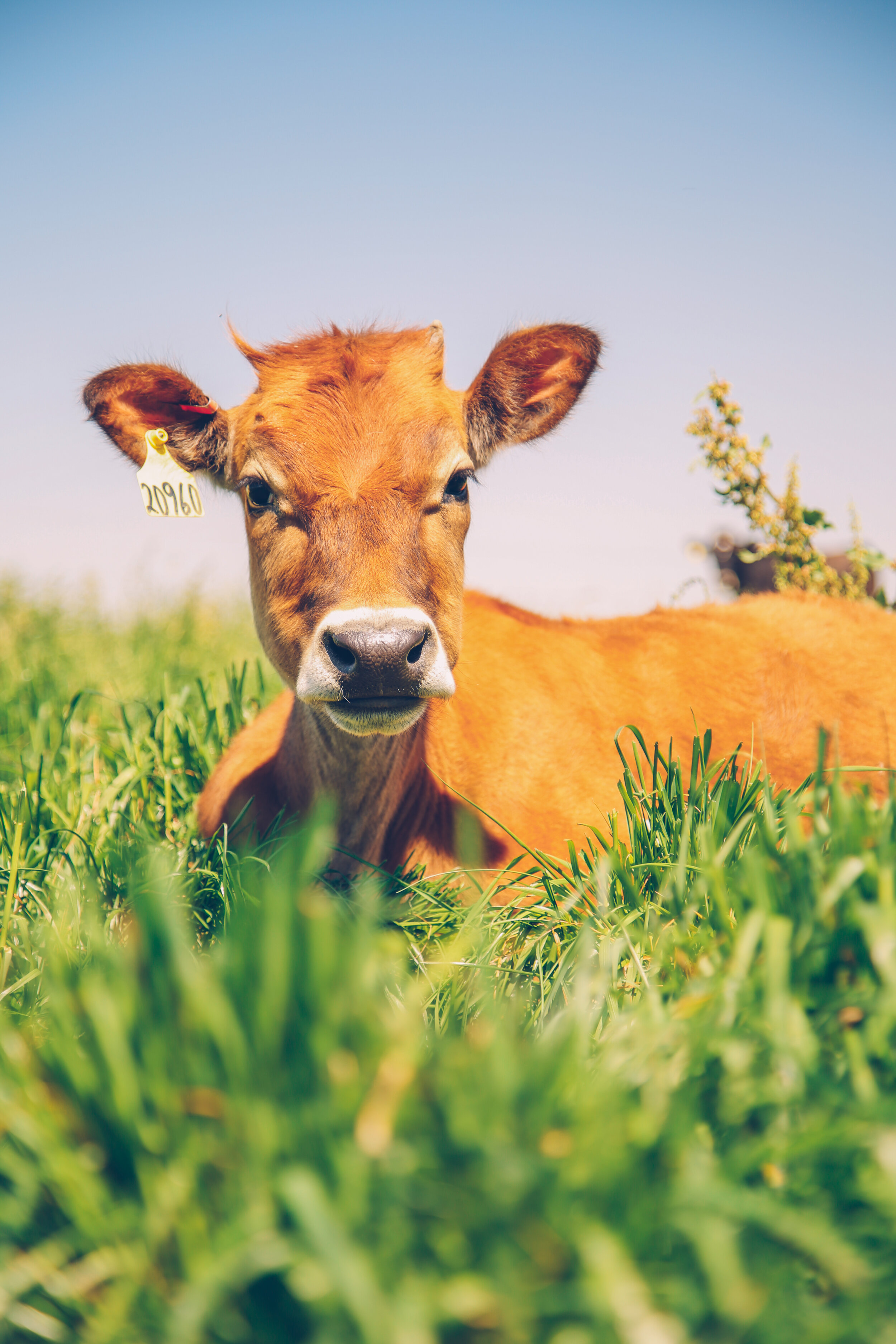HOW TO MAKE RAW MILK CHEESE AT HOME
When it comes to the world of raw milk cheese, there’s a variety of options. The question is, what kind of raw milk cheese are you looking to make? Soft cheese? Cheddar cheese? Cottage cheese? Aged cheese? The list goes on. In this article, we’ll focus on one of the most simple raw milk cheeses, farmer’s cheese, that anyone can make at home with just a few simple ingredients!
What is farmer’s cheese?
Farmer’s cheese is a type of simple, soft white cheese traditionally made on farms in Europe and the Middle East. It’s made by adding rennet and bacterial starter to coagulate and acidify either cow, sheep, or goat milk. It is generally quick and easy to make and a great project for beginners. (Source)
WHY RAW MILK?
RAW FARM Whole Raw Milk is unprocessed and complete with bioavailable vitamins, minerals, enzymes, beneficial bacteria, naturally occurring CLA and omega-3 fatty acids. Our truly happy cows grass graze on luscious green pasture, all year long. Absolutely NO antibiotics, synthetic hormones, toxic pesticides, or GMO anything. Customers with lactose sensitivities have a delicious, nutritious, and natural alternative in this unaltered, wholesome product.
What you’ll need
Making homemade farmer’s cheese does require slight heating. Thankfully, this does NOT destroy the nutritional value of raw milk as long as it’s not heated above 100°F for a prolonged period of time. Below are the tools you’ll need to make your homemade raw milk cheese:
Large pot
Wooden spoon, to stir
Thermometer
Cheesecloth
Ingredients:
1/2 gallon Whole Raw Milk
1/4 cup organic white vinegar
salt, to taste
olive oil, to taste
fresh herbs, to taste
INSTRUCTIONS:
Gather your ingredients.
In a large pot, bring the milk to a low simmer, stirring occasionally. Keep the heat at medium-low so you do not overheat the milk. Use a thermometer to ensure that you are not heating it above 100°F. This retains the nutritional dense components of raw milk cheese.
As soon as your milk starts to simmer, pour in organic white vinegar and stir well. Almost instantly, you’ll see the milk start to curdle. If it doesn’t, add a little bit more vinegar, one teaspoon at a time, until the milk separates into whey and curds.
Remove from the heat and let rest for 10 minutes.
When fully separated, strain the curds through a cheesecloth and ring out the whey.
Let it hang for an hour or two.
Drizzle with olive oil, salt, and your favorite herbs to taste.
Now you have farmer’s cheese. Enjoy!
WAYS TO USE UP EXTRA WHEY
Now what can you do with all of that left over whey? Instead of tossing it, store it in a glass jar and keep refrigerated for up to a week or freeze for up to 6 months. Here are a few recommendations on how to use leftover whey:
Use it instead of milk when baking
Make a delicious sauce for your meats. This will tenderize it.
Add to soups and even smoothies for a bit of a tang
Use whey to cook pastas, potatoes, oatmeal, or rice
Use whey to lacto-ferment vegetables, condiments, sauerkraut, chutneys, and jams.
Feed it to your pets!
Homesteading 101: Q&A With the Experts
Being able to make your favorite foods, like raw milk cheese, from scratch is an amazing, valuable skill to have. Who hasn’t thought about creating a more self-sufficient lifestyle away from the craziness of the city? For all of you who have thought about it and feel like you want to move forward with the idea of a self-reliant, more sustainable way of living, check out the blog Homesteading 101: Q&A With the Experts to learn from the experts, like Mark McAfee from RAW FARM , how to start a homestead from scratch-or to just be more self sufficient in general!











